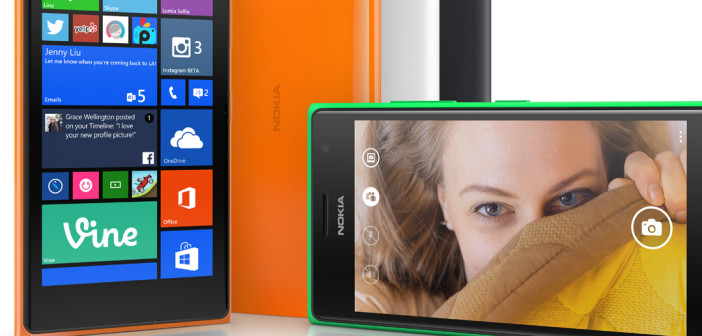Why the disabled and aging population deserves and needs access to everything online, and why mobile is the medium to provide it. By Ran Meyrav, European sales director, Amplicomms.
Smartphone’s are increasingly central to our lives. As multiple services go online, getting access to technology is crucial to ensure the disabled or older generations are not excluded.
Digital inclusion is vital to users who can benefit from so many features that regular smartphone owners take for granted, such as shopping online, access to thousands of free Android apps to read novels, keeping health notes, and enjoying video chats with relatives. It is important to increase development in these areas so everyone is included.
Keeping everyone in touch
There is a real life saving aspect to some forms of modern technology that isn’t necessarily being utilised. People living independently could find the help of a mobile phone a vital in an emergency, or avoid to depression.
Social isolation is not exclusive to a particular population but risk factors include the aged and those with physical disability. In the UK there are 10.8 million people aged 65 or over, with only 3% owning a smartphone and three quarters of those aged 65 plus, living in London, feel lonely.
Altogether, 11 million people in the UK are living with a limiting long term illness, impairment or disability and government figures show that disabled people are significantly less likely to live in households with access to the Internet than non-disabled people.
Making hardware accessible
There are also practical issues to be considered in including the elderly and disabled in the technology revolution. The older generation often can’t use some of the mobile phones on the market today. Bad eyesight and arthritic or swollen fingers make the small-buttoned keypads physically difficult to use. Phones stored in handbags and back pockets are also often too quiet for those with hearing problems. So products need to be developed and adapted to suit those requirements.
There are a great number of manufacturers now producing different feature phones to meet the needs of each demographic with varying price ranges, from entry level for pure call making and text, up to the most expensive smartphones.
These products need to have accessibility in mind for people with visual, hearing or dexterity loss, with voice assistance and easy to use operating systems, large icons and big buttons, as well as features such as amplified sound and hearing aid compatibility.
However, phones targeted to a specific audience aren’t readily available on the high street, only via specialist online retailers, compounding the problem of accessibility and awareness.
App-cessibility considerations
Software too needs to be accessible. With hundreds of thousands of apps available, there isn’t necessarily a huge amount designed to increase accessibility for the ageing population or those with disabilities and therefore face exclusion. However, app development is progressing. For example, there is an Android app that allows the user to convert the camera into a magnifying glass to help with reading. Android’s 4.2 operating system version with accessibility features includes magnification so users can perform a triple tap with one finger to enable enlargement. It also includes new TalkBack gestures, an accessibility service for Android that helps blind and vision-impaired users interact with their devices more easily. The application adds spoken, audible and vibration feedback to devices.
These advances in communications bring us all closer together and we can now enjoy sound and vision contact with friends and relatives across the world. It is vital that we don’t leave anyone behind in this technological revolution.
New accessibility enhancements are very welcome improvements to mobile communications. However, there are still many things that can be done to increase the level of awareness, accessibility and inclusion platforms.
Amplicomms provides a range of specialised phones for users with impaired hearing and sight, and for elderly people. The functions of these phones are totally oriented to the needs of persons with audiovisual handicaps, but can also be used at home and in the office by users with and without hearing impairments.





